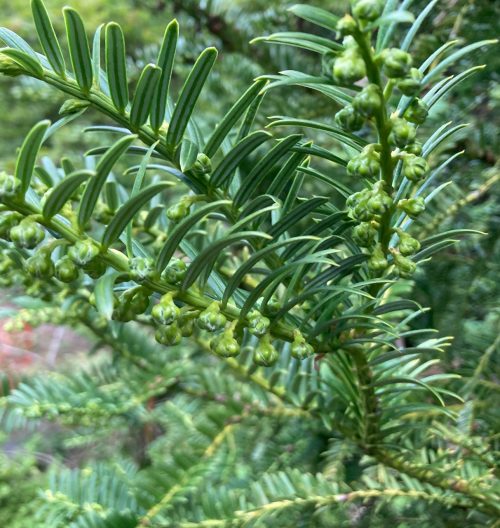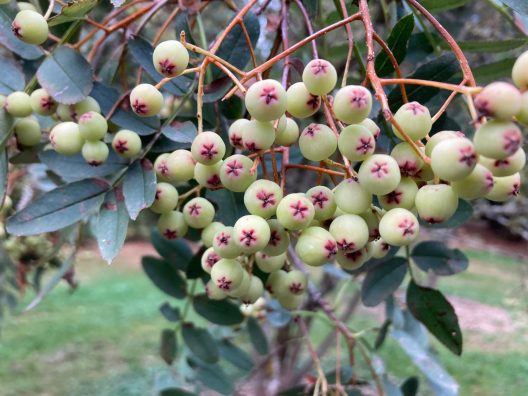Late Summer Selections at the Washington Park Arboretum
1) Castanea crenata Japanese Chestnut
|
|
2) Cephalotaxus harringtonia var. nana Dwarf Plum Yew
|
|
3) Citrus trifoliata Hardy Orange
|
|
4) Franklinia alatamaha Franklin Tree
|
|
5) Sorbus forrestii
|
|




